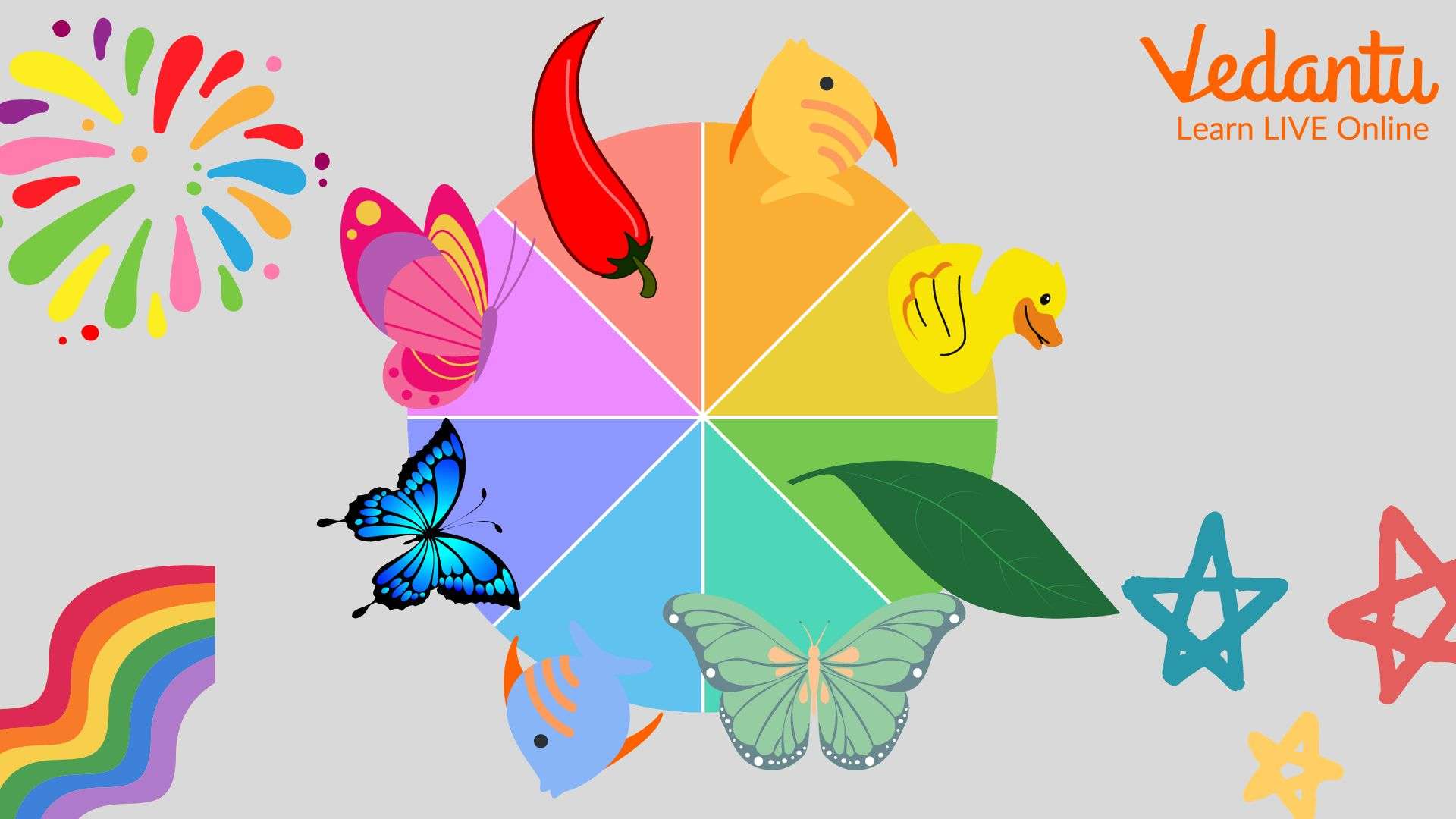How to Make Colour Wheel Drawing for Kids?
Have you ever wondered how there can be so many colours? How do painters know about colours so much? It is because of the invention of the colour wheel. The colour wheel for kids helps them to know about colours.
The colour wheel is nothing but an outcome of the colour theory. It is a combination of Arts and Science. Sir Isaac Newton discovered the colour wheel in the year 1666. It shows the relationship between colours. Now, painters use this theory to create their art. You can use the colour wheel to know about the colours for kids. Read ahead to know more about the colour wheel.
What is a Colour Wheel?
If you are wondering what is a colour wheel, and how it is so helpful even today, you need to know the theory of the colour wheel. But before that, you need to know what is a colour wheel. A colour wheel is a way to show the relationship between different colours. It shows how the colours are related. It gives children the benefit of understanding colours. Using this, painters get the idea of which colour to use in their paintings.
Colour Wheel Theory to Help Kids Know about Colours

Colour wheel for kids
The colour theory is a combination of different colours. It determines which colours look good together. The mapping of the colour spectrum on a circle later became the colour wheel. The colour wheel contains three primary colours, six tertiary colours and three secondary colours. The primary colour names include Yellow, Red and Blue.
Now, the names of the secondary colours are Purple, Green and Orange. The tertiary colours are usually made by mixing the primary and secondary colours. That is why it is important to know what are the primary colours. Red-violet and blue-green are examples of tertiary colours. Here are a few things to know about the colour wheel to understand it better.
The colours on the opposite side of the wheel provide high contrast. They are called complementary colour combinations. Due to their brightness, these colours have a very strong impact.
Three colours that usually stay side by side can be overwhelming. You can use those colours for various purposes.
Triadic colours are the colours that stay evenly on the colour wheel. They do not look as contrasting as the complementary colour combination, but they look versatile and create a combination of bold colour palettes.
In the colour wheel chart, you can find Analogous colour combinations. Analogous colour combinations are the three colours one can see side by side on the colour wheel. You can see any colour wheel drawing to identify the colours. To balance analogous colours, always try to choose one dominant colour and two accents.
What are the Monochromatic colours? They are the three shades, tints and tones of the three colours on the colour wheel. It provides a subtle look. Students can use these colours to give their projects a bright and colourful look.
In the colour wheel chart, you can find four colours evenly spaced on the colour wheel, which is known as the Tetradic colour scheme. Like Analogous, in Tetradic, too, you need to use one dominant colour and three accents to balance out the brightness. Nonetheless, they look bold.
Besides having so many names, the colour wheel also provides the idea of cool and warm colours. You can take the help of these colours and make a rainbow drawing for kids. Colours are very important for human psychology. Cool colours like blue, purple, and green can bring coolness to the human mind. But warm colours like yellow, red, and orange bring warmth to someone's mind.
When you teach your children about the colours from the colour wheel, teach them about the tints, tones and shades too. You should also learn about these to make rainbow drawing for kids. Shades are always overwhelming and dramatic. Properly using shades gives the picture a subtle appearance.
A tint combines white with base hue, whereas tone is the blending of black, white, or grey with base hue. Using the concept of different shades and tones, your child can do nature drawing with colours.
You can help your child know about the colours of kids, but they need to understand luminance and saturation. Luminance is the brightness of the colours, but saturation is the intensity of the colours. A child needs to understand this to become a good painter in the future.
How to Make a Colour Wheel Drawing for Kids?

Colour wheel drawing for kids
What are the primary colours? What are the secondary colours? These are important for you to know if you want your kids to have proper knowledge about colours. You can draw a colour wheel to help your kids understand the colours and their importance. Here we have discussed the steps to draw a colour wheel.
Required Materials
White paper
Scale
Crayons
Pencil
Geometric Compass
Rules of Drawing
First, take a white paper.
Now, attach your pencil with a geometric compass and draw a big circle on the paper.
Take a scale and draw some lines so the pieces look like pizza slices.
Now, add the primary colours by leaving a gap in the middle and filling the left parts with the secondary colours. You can draw small circles outside the main circle to show tertiary colours, and that is it. You can show this colour wheel to your kid to thoroughly understand the different colours.
Conclusion
Kids are the fastest learners. They can learn anything if taught playfully. They love colours too. Teaching them anything creatively can have a long-lasting effect on their mind. So, teaching them drawing is not tough either. Make a simple colour wheel for them and show it every day. You can also ask him to draw one to understand the colours better.







